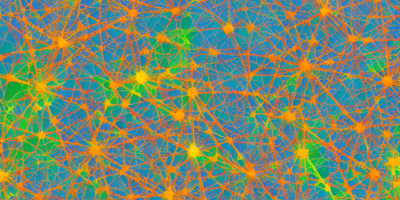2 What is Machine Learning?
Machine learning is a set of techniques that enables computers to learn from data without being explicitly programmed. Think of it as a recipe book for your computer; instead of writing down exact instructions, you provide examples (recipes) the computer can use to create new ones. The more data the computer has, the better it becomes at creating new recipes (predictions or classifications).
3 Types of Machine Learning
There are three primary types of machine learning: supervised, unsupervised, and reinforcement learning. Supervised learning is like cooking a meal; you provide the computer with ingredients (inputs) and the desired output (recipe). Unsupervised learning is like hosting a dinner party; the computer identifies patterns in the data without any prior knowledge of what it’s looking for (no recipe). Reinforcement learning is like playing video games; the computer learns from its mistakes to make better decisions.
4 Supervised Machine Learning Algorithms
In supervised learning, the algorithm learns by fitting a mathematical function (model) to the input-output pairs. Common algorithms include LASSO (Least Absolute Shrinkage and Selection Operator), CART (Classification and Regression Trees), and RF (Random Forests). These algorithms are like chefs with different cooking styles; they can handle complex interactions between ingredients, but the chef must specify the functional form of these relationships.
5 Wave-based Feature Selection
Wave feature selection is a technique that helps identify the most relevant features for prediction or classification by treating each feature as a waveform in time-series analysis. Imagine you’re trying to hear a faint melody through background noise; wave feature selection helps identify the features that carry the most important information, much like turning up the volume on the right frequencies in sound mixing.
6 Conclusion
Machine learning is an incredible tool for prediction and classification tasks. By understanding the basics of supervised machine learning algorithms, we can better appreciate their power to simplify complex decision-making processes. Remember, machine learning is like cooking with recipes; as you experiment with different ingredients and techniques, the algorithms learn from your successes and failures to create new dishes (predictions or classifications). So, keep exploring, and who knows— maybe one day you’ll invent a new recipe that revolutionizes the culinary world!



